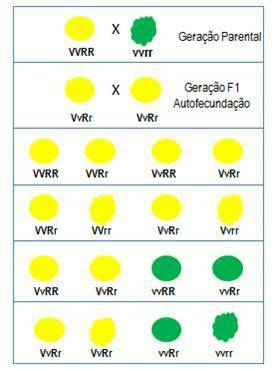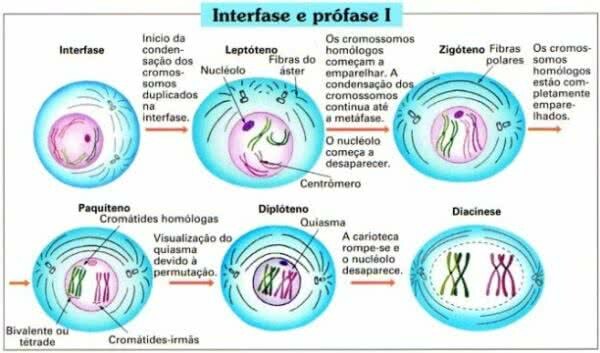The urea cycle is a sequence of biochemical reactions aimed at producing this compound from ammonia.
Ammonia is a toxic substance, from nitrogen metabolism, which must be quickly eliminated from the body. Elimination can be by direct excretion or by excretion after conversion to less toxic compounds.
Fish excrete ammonia directly as it is water soluble and dissolves quickly.
Birds and land animals excrete nitrogen in the form of uric acid.
Terrestrial animals excrete nitrogen in the form of urea, a compound that is very soluble in water and non-toxic to cells.
In humans and mammals, almost 80% of the nitrogen excreted is in the form of urea.
Where does the Urea Cycle take place?
The urea cycle takes place in the cells of the liver and, to a lesser extent, in the kidneys. It starts in the mitochondria and moves to the cell's cytosol, where most of the cycle takes place.
Urea Cycle and Krebs Cycle
The urea cycle is linked to the Krebs cycle.
The reactions of the two cycles are related and some intermediate products formed in the Krebs cycle are precursors of reactions for the urea cycle.
Learn more about Krebs Cycle.
Urea Cycle Stages
It consists of five reactions, two inside the mitochondria and three in the cytosol.
Each step is catalyzed by an enzyme. Thus, there are five enzymes involved in the urea cycle: carbamyl-phosphate synthetase, ornithine-transcarbamylase, arginine-succinate synthetase, arginine-succinate lyase, and arginase.
Briefly, the cycle occurs as follows:
1. The enzyme carbamyl-phosphate synthetase, present in the mitochondria, catalyzes the condensation of ammonia with bicarbonate and forms carbamoylphosphate. For this reaction there is the consumption of two ATP molecules.
2. The condensation of ornithine, present in the mitochondria, and carbamoylphosphate generates citrulline, under the action of the enzyme ornithine-transcarbamylase. Citrulline is transported to the cytosol and reacts with aspartate to generate argininosuccinate and fumarate.
3. The arginine-succinate synthetase enzyme, present in the cytosol, catalyzes the condensation of citrulline and aspartate, with the consumption of ATP, and forms argininosuccinate.
4. The enzyme arginine succinate lyase catalyzes the transformation of arginine succinate into arginine and fumarate.
5. Finally, the arginase enzyme catalyzes the breakdown of arginine, giving rise to urea and ornithine. Ornithine returns to the mitochondria and restarts the cycle.

Urea Cycle Stages
Urea Cycle Functions
The main function of the urea cycle is to eliminate toxic ammonia from the body. That is, it has the function of eliminating unwanted nitrogen from the body.
Urea is eliminated from the body of higher animals through the urine. Approximately 10 to 20 g of ammonia is removed from a healthy adult's body each day.
Urea and ruminant animals
Urea is used to feed ruminant animals. This is because, upon reaching the animal's rumen, it is transformed into ammonia and CO2, then the microorganisms start to use this nitrogen source for the synthesis of new protein.
This action is important as it complements the protein source in the diet and provides degradable protein in the rumen, which ensures better fiber digestion and microbial protein synthesis.



